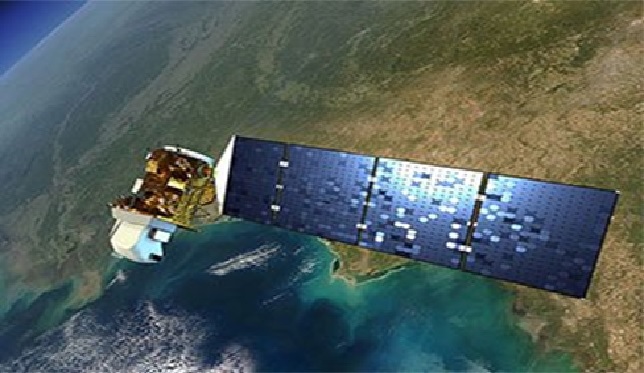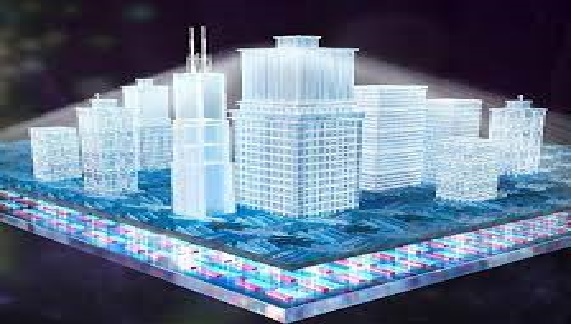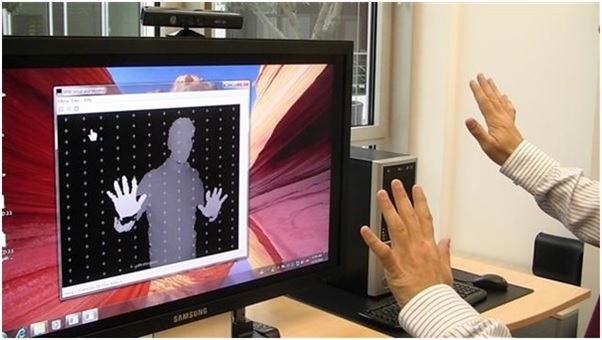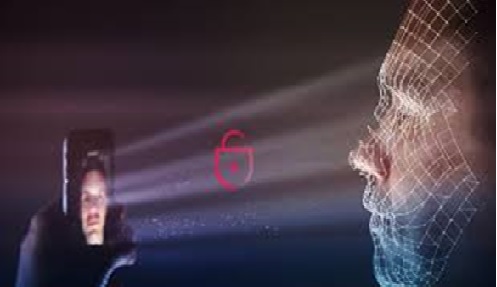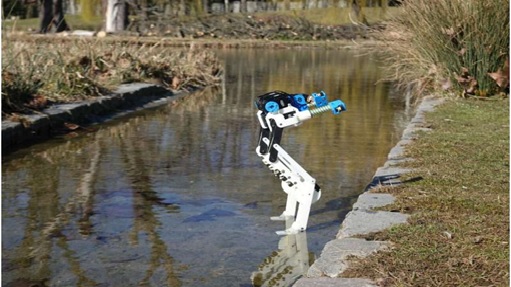Researchers Show How to Make ‘Computer’ out of Liquid Crystals
Breakthrough at UChicago could pave the way for applications in robotics, computing using soft materials.
They showed you can create the elementary building blocks of a circuit—gates, amplifiers, and conductors—which means you should be able to assemble them into arrangements capable of performing more complex operations,” said Juan de Pablo, the Liew Family Professor in Molecular Engineering and senior scientist at Argonne National Laboratory, and the senior corresponding author on the paper. “It’s a really exciting step for the field of active materials.” [1]
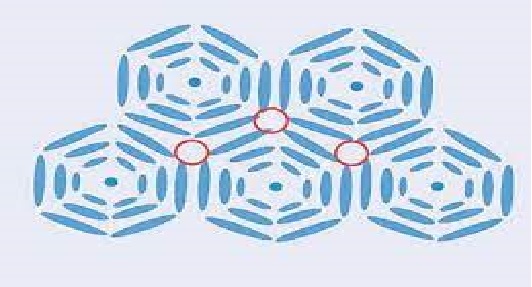
Figure. 1. Researchers show how to make ‘computer’ out of liquid crystals
The details in the defects
The research aimed to take a closer look at a type of material called a liquid crystal. The molecules in a liquid crystal tend to be elongated, and when packed together they adopt a structure that has some order, like the straight rows of atoms in a diamond crystal—but instead of being stuck in place as in a solid, this structure can also shift around as a liquid does. Scientists are always looking for these kinds of oddities because they can utilize these unusual properties as the basis of new technologies; liquid crystals, for example, are in the LCD TV you may already have in your home or in the screen of your laptop.
Scientists are intrigued by these defects, wondering if they could be used to carry information – similar to the functions that electrons serve in the circuits of your laptop or phone. But in order to make technology out of these defects, you’d need to be able to shepherd them around where you want them, and it’s proved very difficult to control their behavior. “Normally, if you look through a microscope at an experiment with an active liquid crystal, you would see complete chaos—defects shifting around all over the place,” said de Pablo.[2]
In a new paper, they took it a logical step further and determined that it should be theoretically possible to use these techniques to make a liquid crystal perform operations like a computer.
They can also imagine using topological defects to ferry small amounts of liquid or other materials from place to place inside tiny devices. “For example, perhaps one could perform functions inside a synthetic cell,” said Zhang. It’s possible that nature already uses similar mechanisms to transmit information or perform behaviors inside cells, he said.
The research team, which also includes co-author and UChicago postdoctoral researcher Ali Mozaffari, is working with collaborators to carry out experiments to confirm the theoretical findings.
“It’s not often that you are able to see a new way to do computing,” de Pablo said.[3]
References:
- https://scitechdaily.com/molecular-engineers-show-how-to-make-computer-out-of-liquid-crystals/
- https://news.uchicago.edu/story/researchers-show-how-make-computer-out-liquid-crystals
- https://techilive.in/researchers-show-how-to-make-a-computer-out-of-liquid-crystals/
Cite this article:
Nithyasri S (2022), Researchers show how to make ‘computer’ out of liquid crystals, AnaTechMaz, pp. 90


